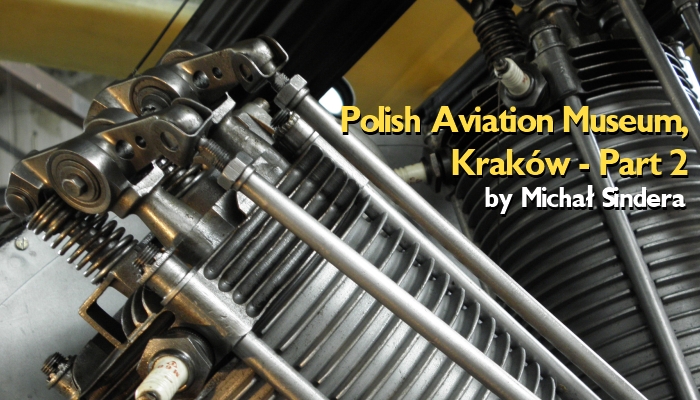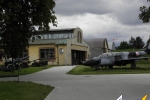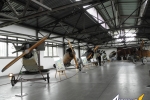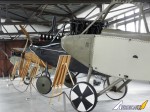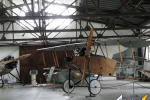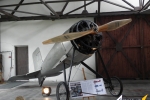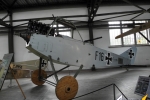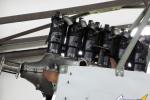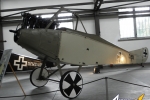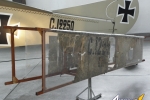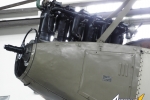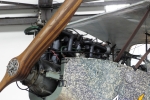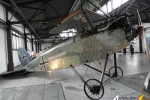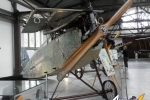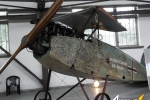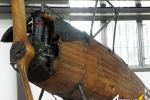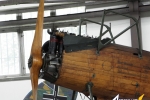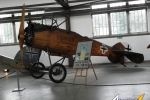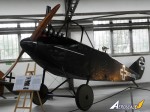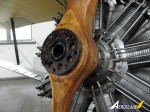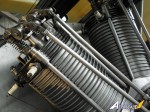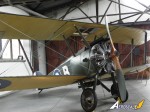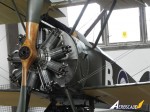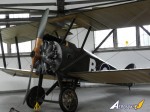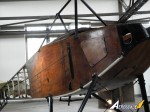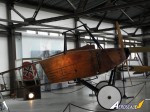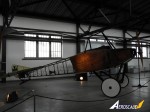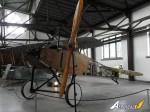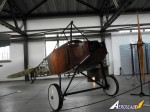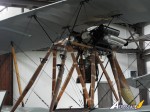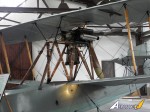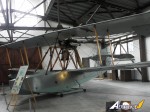Polish Aviation Museum, Kraków - Part 2
...
Post a Comment
The exhibition "1909 – 1920”
Welcome to Part Two of our tour of the Polish Aviation Museum in Kraków. From the Main Building we will go to the building housing the "spruce and linen” airplanes. On the way we will walk by the Polish TS-11 "Iskra” ("Spark”) jet training aircraft painted in the white-red colours of the aerobatic team.The "1909-1920” exhibition is placed in the hangar built in 1993. We can see here the planes which have eye-witnessed the battlefronts of the First World War. Many of them are incomplete, preserved as just the renovated fuselages with engines, cockpits and landing gear. Even so, these are still rarities and significant in aviation history.
What's displayed here?
On the exhibition we can see the following planes:- Albatros C.I – fuselage with engine, no.197/15, built in the third batch in 1915
- Albatros H.I – fuselage with engine, no.10114, the only preserved plane of this type
- Aviatik C.III – fuselage with engine, no. C12250/17, built in 1917, the only preserved plane of this type
- DFW C.V – fuselage with engine, no. 17077/17, built in 1917 by Aviatik, the only preserved plane of this type
- Grigorowicz M-15 – complete plane, no. R II C 262, built in 1917, the only preserved plane of this type
- Halberstadt CL.II – fuselage with engine, no. 15459/17, built in 1917, the only preserved plane of this type, this particular machine was the personal plane of gen. Ernst von Hoeppner - Commanding General of the Air Service (Kommandierender General der Luftstreitkräfte).
- LFG Roland D.VIb – fuselage with engine, no.2225/18, the only preserved plane of this type
- LVG B.II – fuselage, no.350/17, built in 1917 by Luftfarzeugbau Schutte-Lanz, the only preserved plane of this type
- Sopwith F.1 Camel – complete plane, s/n B7280, built by Clayton and Shuttleworth in Lincoln, the plane is one of five preserved Camels in the world. This particular machine scored in total 11 enemy planes.
Some time ago there was also the Albatros B.II (complete plane, no. 10019) displayed here but currently it is moved to the Main Building.
The history and details of the particular machines is based on the information published at the official website of the Museum.
Most of the planes were found in Poland after the World War 2 and handed over to the Museum in an awful and miserable condition, with the fuselages broken into two, three or even more parts. The reconstruction of them started in mid 1960's and sometimes is still unfinished today. However, the effort put into reconstruction of these unique specimens is impressive.
Something you will not see on the pictures and very specific for this exhibition is.... the smell of wood, oil and linen. It is mostly noticeable when you get close to the F.1 Camel, which just came back from the workshop after major repairs and repainting (the oil is still leaking from the engine). Something wonderful... now you probably think I'm crazy...Yes, I am.
Ok, that's enough. Enjoy the pictures, as they will tell you the rest of the story.
Copyright ©2021 by Michał Sindera. Images also by copyright holder unless otherwise noted. The views and opinions expressed herein are solely the views and opinions of the authors and/or contributors to this Web site and do not necessarily represent the views and/or opinions of AeroScale, KitMaker Network, or Silver Star Enterrpises. Images also by copyright holder unless otherwise noted. Opinions expressed are those of the author(s) and not necessarily those of AeroScale. All rights reserved. Originally published on: 2011-11-01 00:00:00. Unique Reads: 8015




